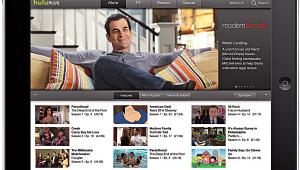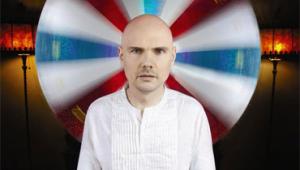Digital Silk Purse?

Apparently, Dolby isn't satisfied with getting its 7.1-channel Dolby Digital Plus and 8-channel lossless TrueHD technologies into the HD DVD and Blu-ray Disc systems (as requirements in the former, as options in the latter). At the Consumer Electronics Show, Dolby's Audistry subsidiary was demonstrating some new technology intended for the other end of the sound-reproduction scale. Audistry's first "suite" of audio-processing functions is intended for the digital signal-processing chips built into devices like MP3 players, TVs, "stereos," and even cellphones. The five basic functions "are designed to dramatically improve listening enjoyment for the consumer" - an admirable goal, especially considering the sound quality of the typical cell.
Sound Space Expander (see diagram, above) works with stereo signals and synthesizes phantom left, center, and right sound sources from a pair of stereo speakers. The left and right virtual speakers are more widely spaced than the real speakers, such as those found in a tabletop system or a laptop computer.
Sound Space for Headphones is similar to the Dolby Headphone processing already built into some home equipment. Both systems attempt to move headphone sound "out of the head" to create the impression that you're listening to real speakers.
Natural Bass combines a bass boost with a dynamic-range limiting system that avoids levels of bass too high for a specific speaker to handle. The manufacturer of, say, a tabletop system must specify the maximum allowable bass output as well as the boost frequency range, both of which depend on the characteristics of the speakers.
Intelligent Volume Control makes loud sounds softer and soft sounds louder. It's designed to correct for sudden volume changes in music and soundtracks, making them more suitable for listening at night or when there is high background noise.
Mono-to-Stereo Converter is said to spread a mono signal into a pseudo-stereo image spanning the space between a pair of stereo speakers.
Dolby handed out a demo DVD at CES with some pre-processed music segments and the ability to compare the original sound quality with Audistry-processed results. My reactions are mixed. The most immediately appealing of the functions was the Sound Space Expander, which managed a pleasant and musically reasonable widening of the stereo image even through my laptop's tiny speakers. The worst-sounding process was the Intelligent Volume Control, but this was probably because the demo track used too heavy a compression setting, which would be adjustable with a real Audistry product. IVC took a classical track and made it sound like it was being broadcast by a no-dynamic-range Top 40 radio station.
I've always had problems with any systems intended to reduce the in-the-head effect of normal headphone listening. The sound has always remained resolutely in my head. But this is a personal reaction, and Sound Space for Headphones may have a desired effect when you try it out.
In all, the Audistry processing will probably do a pretty good job of improving low-fi and even some mid-fi products - turning the sound quality into not necessarily a silk purse but at least one made of Spandex, heavy compression and all.
























































